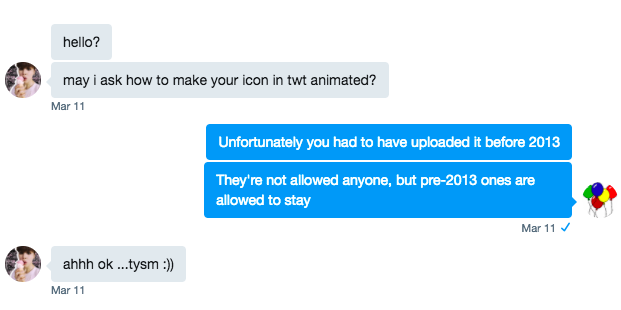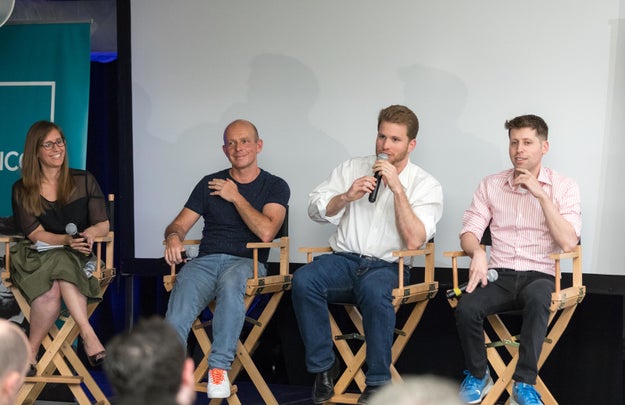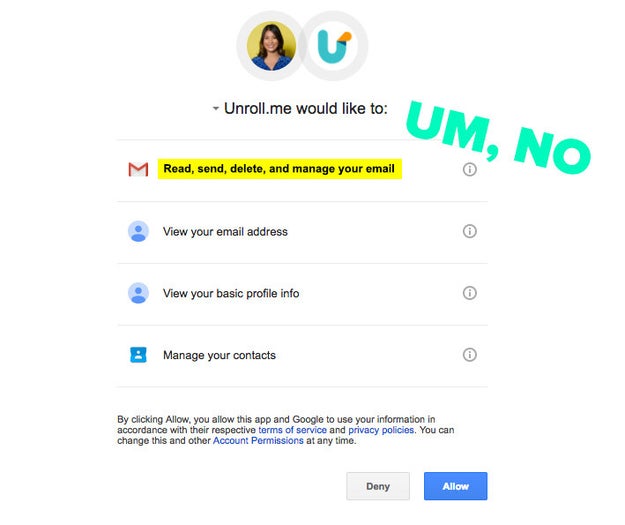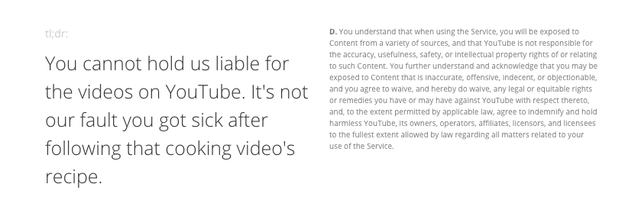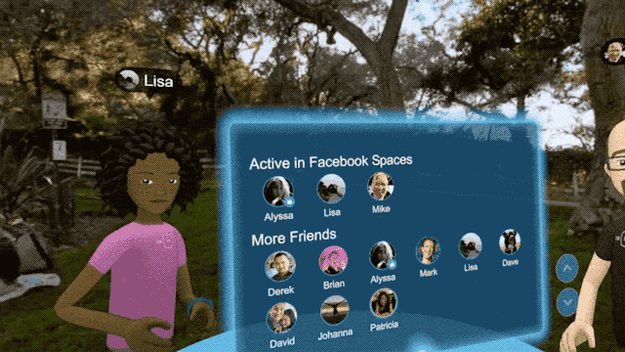Here's What Happens When Your Life Becomes An Alt-Right Meme
Meet Kyle Chapman, aka “Based Stickman.”
You might know him from this picture — taken at the recent violent political protests in Berkeley, California — which went pretty viral:

Or from the video of him breaking a wooden sign on the head of an anti-Trump counter-protester at a March 4 rally in Berkeley, California, which now has more than half a million views, and spawned dozens of YouTube remixes.
At the chaotic skirmishes that have overtaken Berkeley over the last few months, Chapman has been a fixture, clad in a shield, bike helmet, gas mask — and, of course, the big ol’ wooden stick that inspired his nickname, which is a combination of the slang term “based” (meaning “true to oneself and uncaring about others’ opinions“) and his weapon of choice.
Chapman did not respond to multiple requests for comment from BuzzFeed News, but according to local media outlet Berkeleyside, the 41-year-old is a diver by day; his Based Stickman Facebook page lists his location as Daly City, California. He describes himself on his personal Facebook page as a “Proud American Nationalist” and an “ardent Trump supporter.” And now, he's a human meme of the alt-right, with the webstore, rabid fanbase, and emergent movement to to go along with it.
Chapman has created Based Stickman accounts on Facebook, Instagram, and Twitter to interact with his fans and solicit donations. His Reddit AMA in r/thedonald drew thousands of comments. He’s expressed interest in going to San Diego Comic Con to pitch a graphic novel about his persona, and used the right-wing crowdfunding site Wesearchr to bankroll the bail for his next inevitable arrest. (As of now, the page has raised $86,500.) On April 29, he and a number of other alt-right figures will host a gathering on California’s Mt. Baldy celebrating President Trump’s first 100 days. He’s partnered with right-wing apparel store Gruntworks to create an entire line of Based Stickman merch: hoodies ($39.99), T-shirts ($23.99), and stickers ($3-$5) in his likeness. Based Stickman is a brand.
He&039;s also the celebrity leader of a nascent para-military wing of the alt-right. In a recent Reddit Ask Me Anything on the forum r/thedonald, he urged his fans to usher in “a resurgence of a warrior spirit to Western Society.” In the same AMA, one poster wrote, “Thank you for your service!”, mimicking the way people address military veterans. Chapman responded, “You&039;re welcome&033; It&039;s an honor to be of service to the people who love this country as much as I do.” On April 22, Chapman formed the “Fraternal Order of Alt-Knights,” a militant group within the alt-right fraternity The Proud Boys, which was started by Vice co-founder and right-wing media figure Gavin McInnes (he and Vice split ways 10 years ago). According to a Facebook post by Chapman, the group will focus on “street activism, preparation, defense, and confrontation.”
According to a Proud Boys news site, the Alt-Knights will step in when police are told to stand down. At an April 15 clash in Berkeley, the Proud Boys were already doing essentially that, acting as bodyguards for Lauren Southern, one of the far-right-wing rally’s invited speakers, as she filmed the chaos. The Proud Boys are recognizable by their black and yellow polo shirts.
Though Chapman is an avowed member of the so-called alt-right — the loose confederation of white nationalists, libertarians, and other far right-wingers supporting Donald Trump that largely formed online — he seems to think the racially motivated parts of his movement aren’t the best thing for it. In April 25 Facebook post, he tried to disown people photographed in Seig Heil postures at the April 15th event in Berkeley. Some of his fans were not happy, saying that his negative views of white nationalism were a sign that liberals or “anti-fascists” had gotten to him.
Anti-fascists, Antifa for short, are Based Stickman’s sworn enemies, the Joker to his Batman. They’re the black-clad Left-wing protesters who have appeared in Berkeley in recent months, disrupting Milo Yiannopoulos’ plans for a speech and fighting right-wingers in Berkeley’s parks and streets.
As a result of his activities as Based Stickman, Chapman has been arrested on suspicion of committing a number of felonies, though the charges from the March 4 riot have been dropped. He may still face charges for participating in a riot, though, according to an April 18 Facebook post.
Chapman is a living meme, and he knows it.
He wrote in an April 22 Facebook post, “The value of our meme warriors cannot be understated. Hail the meme warriors, Hail 4chan&033;” (The post linked to a Wired article titled “Don’t Look Now, But Extremists’ Memes Are Turning Into Militias.”) He’s also said that before his internet fame, he didn’t spend much time online.
And yet: Stickman&039;s sphere of influence appears to be widening. A Based Stickman Facebook group has appeared in an attempt to establish a local chapter in Phoenix. Right-wingers have recently put out calls online to arm themselves and fight against protesters on Thursday, the evening Ann Coulter was set to speak at UC Berkeley (Coulter isn&039;t speaking, but the protests went on nonetheless.) In one forum, the first response to the summons is “Will Based Stickman be there?”
The UC Berkeley administration, when justifying its initial cancellation of Coulter’s speech, cited the exchange on the bodybuilding forum as evidence that violence would erupt on campus if the event were allowed to continue. Chapman himself has issued calls to fans to be there that day, and attended in full riot gear.
Here’s someone copying Chapman’s methods in downtown Berkeley:

Based Stickman is gearing up for war much in the way a Wrestlemania personality would. In a video posted yesterday on his Facebook page in advance of Thursday&039;s protest, he shouts out his fans: “my troops, patriots, freedom fighters, and warriors.” And much like a Wrestlemania hero, Chapman sees success as a foregone conclusion. “Guys, I’ll tell you right now. We will be victorious tomorrow. Our victory is all but guaranteed.”
Quelle: <a href="Here&039;s What Happens When Your Life Becomes An Alt-Right Meme“>BuzzFeed


